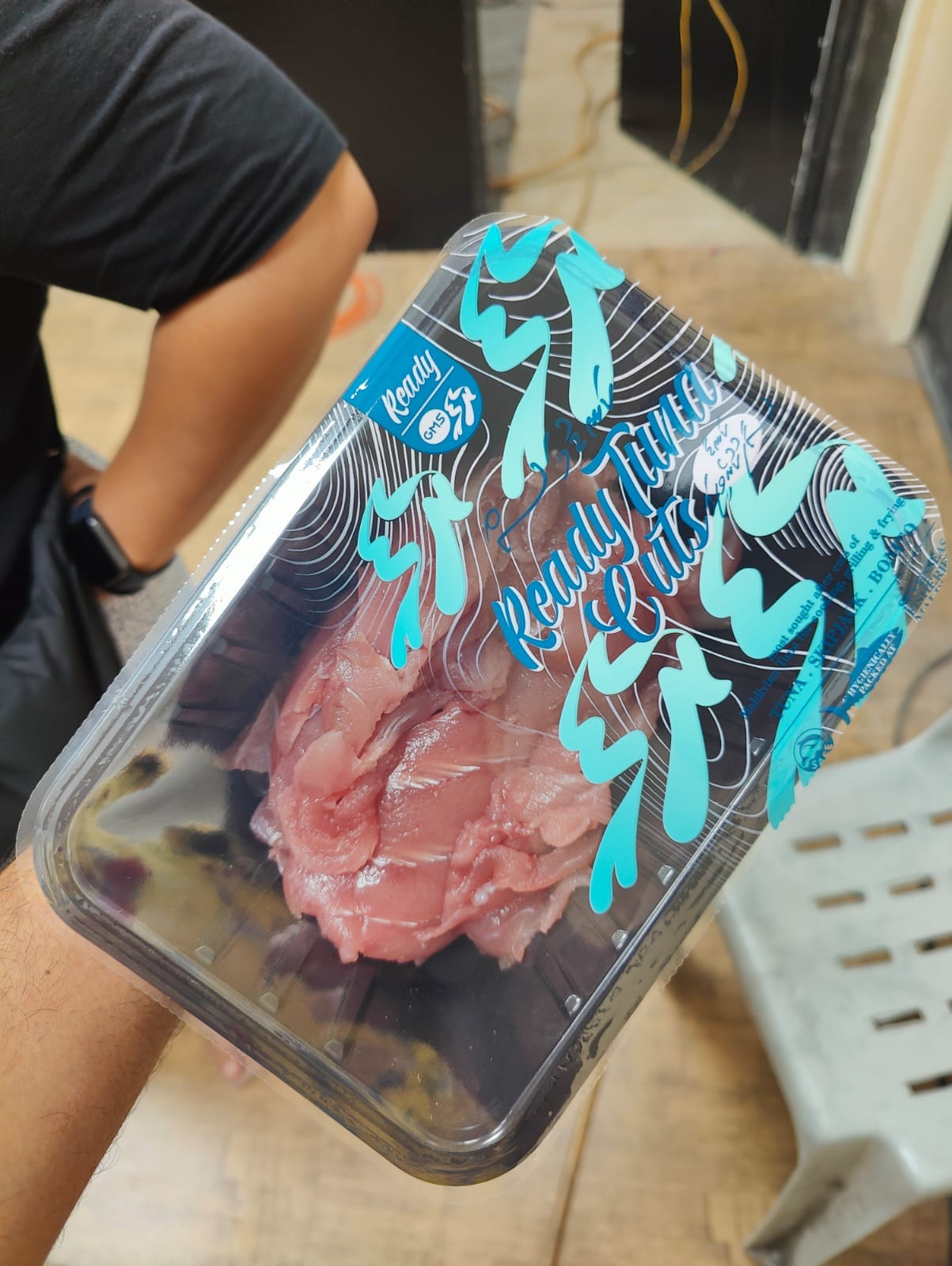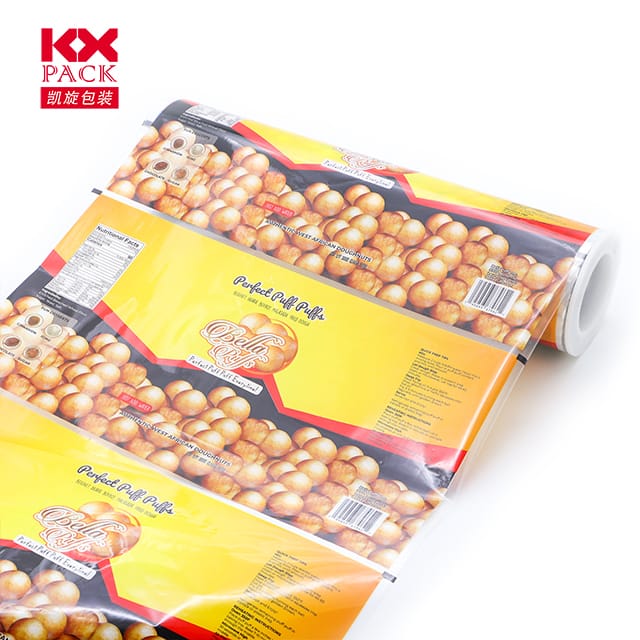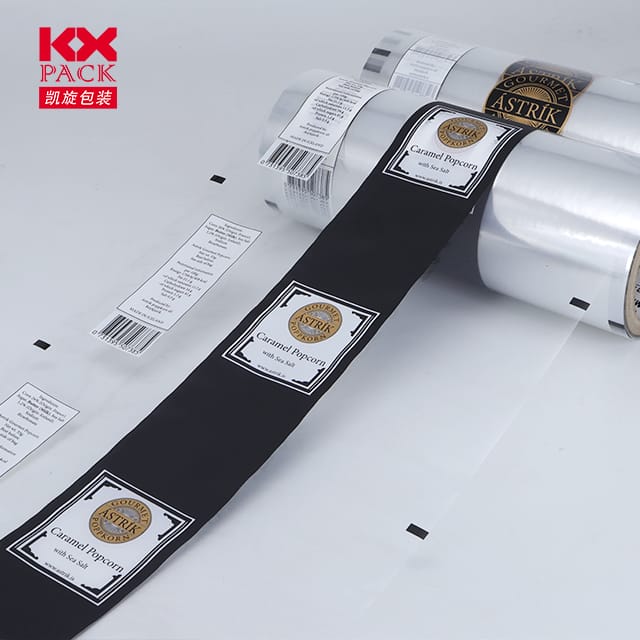The Evolution and Impact of Flexible Films Packaging: A Sustainable Revolution(6)
Paindlikud filmid
Ajastul, kus jätkusuutlikkus, mugavus, and innovation drive packaging solutions, flexible films packaging has emerged as a cornerstone of modern industry. From food and pharmaceuticals to consumer electronics, these adaptable materials are reshaping how products are protected, transporditud, and presented. Let’s explore the dynamics, suundumused, and future potential of this dynamic sector.
What Are Flexible Films Packaging?
Flexible films packaging refers to lightweight, non-rigid materials used to encase products. Unlike traditional rigid containers, these films—often composed of polymers like polyethylene (PE), polüpropüleenist (PP), or multi-layer composites—conform to the shape of their contents, minimizing waste and optimizing space.
Key characteristics include:
- Kergekaaluline & Vastupidav: Reduces shipping costs and carbon footprints.
- Tõkkeomadused: Kaitseb niiskuse eest, hapnikku, ja valgust, säilivusaja pikendamine.
- Customizability: Printable, sealable, and adaptable to diverse formats (pouches, kotid, mähised).
Turukasv & Key Drivers
The global flexible packaging market was valued atDollar 210.62 miljard sisse 2023 and is projected to reachDollar 238.91 miljard 2029, kasvades CAGR -is2.12%. Peamised draiverid sisaldavad:
- Shift from Rigid to Flexible Solutions: Brands prioritize cost-efficiency and sustainability, favoring flexible films over heavier, less eco-friendly alternatives.
- E-commerce Boom: Online retail demands lightweight, damage-resistant packaging for safe deliveries.
- Tervishoid & Food Demand: Pharmaceuticals and perishable goods require sterile, airtight packaging, fueling innovation in high-barrier films.
Innovations in Material Science
Recent advancements in flexible film technology focus onsustainability and performance:
- Mono-Material Structures: Ettevõtted nagu Huhtamaki are pioneering single-polymer films (Nt, PE or PP) ringlussevõtu lihtsustamiseks.
- Biolagunevad filmid: Made from renewable resources (Nt, PLA), these reduce plastic waste.
- Suure barleri katted: Advanced polymers like polüvinülideenkloriid (PVDC) or ethylene vinyl alcohol (Evoh) enhance shelf life without compromising recyclability.
Regional Dynamics
Asia-Pacific dominates the market, accounting for58% of global volume in 2023, juhitud:
- Rapid Urbanization: Rising middle-class populations in China and India boost demand for packaged goods.
- E-commerce Expansion: Online shopping platforms like Alibaba and Flipkart rely on flexible films for efficient logistics.
- Regulatory Push: Governments mandate eco-friendly packaging, accelerating adoption of recyclable/compostable films.
Väljakutsed & Future Outlook
Despite growth, the sector faces hurdles:
- Ringlussevõtu keerukus: Mitmekihilisi filme on raske lahutada, complicating circular economy efforts.
- Tooraine volatiilsus: Fluctuating polymer prices impact margins.
Kuid, the future looks promising:
- Nutikas pakkimine: Films embedded with sensors for freshness tracking or anti-counterfeiting.
- Ümmarguse kujundus: Modular, reusable packaging systems that minimize waste.
- Collaborative Innovation: Partnerships between material scientists, brands, and recyclers to close the loop.
Järeldus
Flexible films packaging is more than a convenience—it’s a strategic imperative for a sustainable future. As brands and consumers demand smarter, greener solutions, this sector will continue to evolve, blending cutting-edge science with practical design. The road ahead? A balance of innovation, responsibility, and adaptability to meet the needs of a changing world.
Stay tuned for more insights on packaging trends—where science meets sustainability! 🌍📦✨
Allikad: QYResearch, MarketsandMarkets, GlobeNewswire, Packaging World







